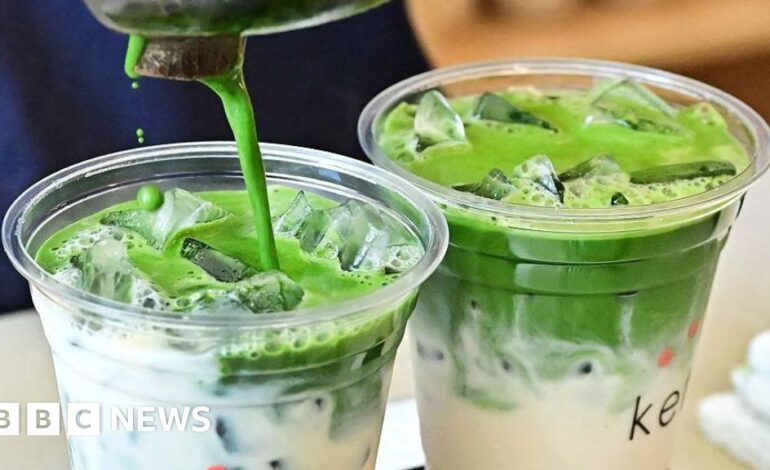
Exploring the Global Surge of Matcha Tea Demand
Matcha tea, the vibrant green powdered tea known for its health benefits, has seen a surge in demand worldwide. This article delves into how this increased interest is affecting global supplies, the tea’s history, health benefits, and the industry challenges faced in meeting the growing demand.
The History and Origins of Matcha Tea
Matcha, a type of powdered green tea, has its origins in ancient China and was later popularized in Japan. This tea is made from the Camellia sinensis plant, where the leaves are finely ground into a smooth powder. The traditional Japanese tea ceremony, or ‘Chanoyu’, emphasizes matcha’s cultural importance.
Health Benefits Fueling Global Popularity
Matcha is renowned for its health benefits, including high antioxidant content, metabolism boost, and potential cancer-fighting properties. These benefits have fueled its popularity across the globe, particularly among health-conscious consumers seeking natural alternatives to caffeine-filled beverages.
Challenges in Supply to Meet Rising Demand
The sharp increase in matcha demand has led to supply challenges globally. The meticulous and labor-intensive production process means that increasing supply isn’t a simple task. Farmers and producers must adopt sustainable practices to keep up with demand without sacrificing quality.
The Future of the Matcha Industry
To secure the future of the matcha industry, producers are investing in new technologies and sustainable farming methods. As demand continues to rise, innovation in production and distribution will be key to maintaining matcha’s quality and cultural significance.
Conclusion
In conclusion, the popularity of matcha tea continues to rise, driven by health benefits and cultural allure. However, meeting this demand sustainably poses challenges for producers. By adapting innovative practices, the industry can maintain matcha’s quality and cultural heritage while satisfying the global thirst for this vibrant tea.





